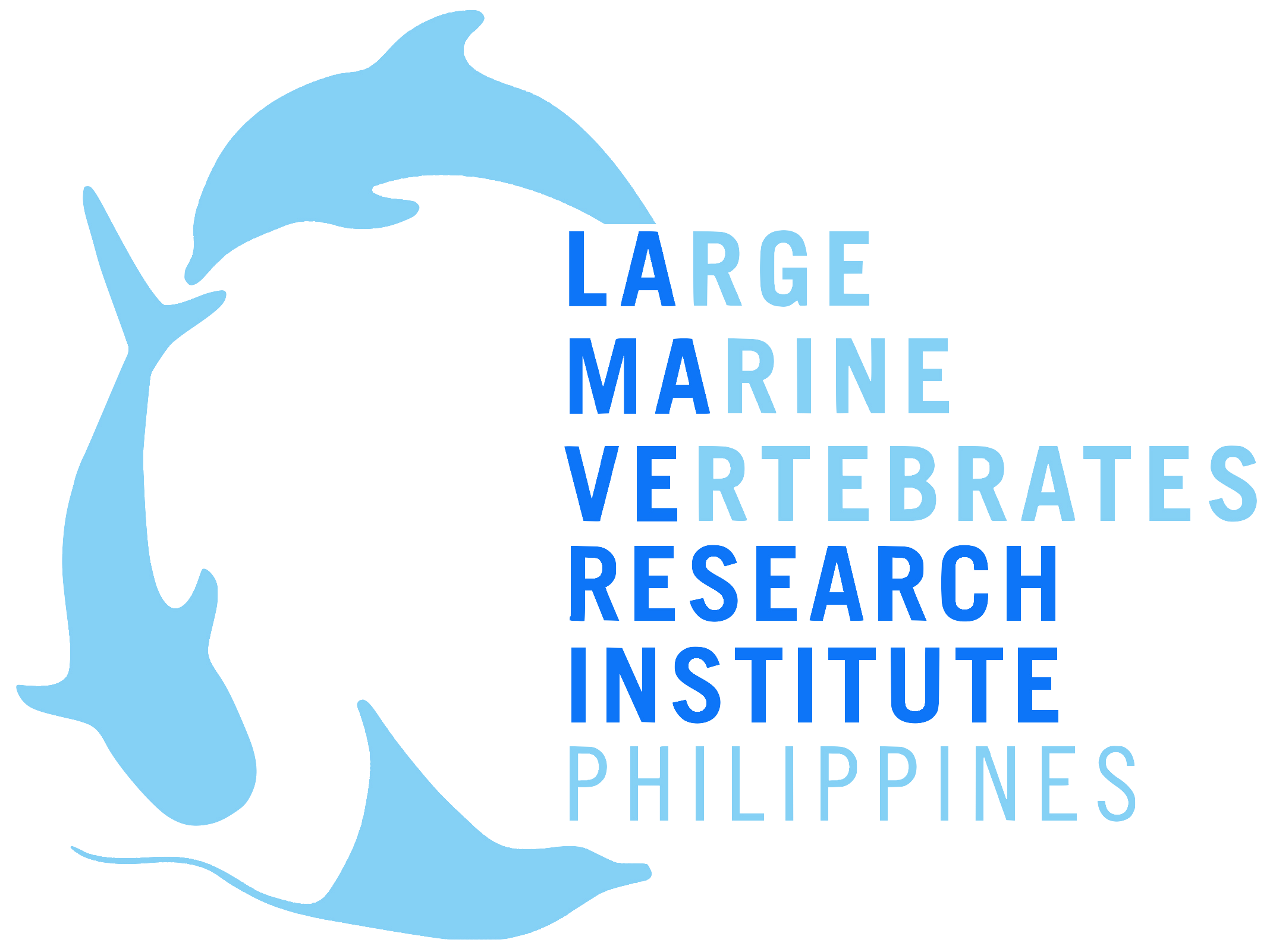Global Trends in Deep Sea Research
It is estimated that we have only explored less than 5% of the world’s oceans. The deep sea, in particular, remains to be one of the least explored areas on Earth. The extreme depth, high pressure, and darkness pose significant challenges to deep-sea exploration
Threats to the Deep Sea Ecosystem
Unsustainable forms of fishing
Climate change
Pollution
Increasing demand for deep-sea mining and lack of regulatory frameworks
Lack of understanding of the ecosystem
DEEP SEA RESEARCH IN THE PHILIPPINES
While deep sea research is a developing field in the Philippines with several expeditions already conducted, challenges faced by the country in conducting deep-sea research include limited resources and access to technology and human expertise. Deep-sea technology is quite expensive and requires heavy machinery for its operation making the research limited.
OUR WORK
LAMAVE & National Geographic Society’s Exploration Technology Lab Deep Sea Expedition
The Large Marine Vertebrates Research Institute Philippines (LAMAVE) has established a partnership with the National Geographic Society to conduct deep-sea research in Tubbataha Reefs Natural Park, a UNESCO World Heritage Site located in the Philippines. This collaboration aims to explore and document the unique deep-sea ecosystems within the park and raise awareness about their conservation.
Through this partnership, LAMAVE and the National Geographic Society utilize advanced scientific techniques and technologies to study the deep-sea habitats, biodiversity, and ecological processes in Tubbataha. They conduct research expeditions, employing deep-sea drop cameras and other tools for exploration and data collection.
The deep-sea research in Tubbataha focuses on documenting species richness, studying ecosystem dynamics, and assessing the potential impacts of human activities on these fragile environments. By generating scientific knowledge and understanding, the partnership aims to contribute to the conservation and sustainable management of Tubbataha's deep-sea ecosystems.
LAMAVE & the Ocean Discovery League in conducting the Global Assessment for Deep-Sea Capacity
LAMAVE Researcher and the Ocean Discovery League have conducted a global assessment on deep-sea capacity, focusing on the capabilities and resources available for deep-sea research and exploration worldwide. This assessment aimed to understand the current state of deep-sea research capacity and identify areas that require further development.
The findings of the assessment indicate that while progress has been made in deep-sea research, significant gaps and challenges remain which include limitations in technological advancements, infrastructure and research vessels, training and expertise, collaboration and knowledge sharing as well as funding and support. You can read the full paper, here.
OUR PROJECTS
Deep Sea Exploration in Manta Bowl
With an aim to increase accessibility to deep-sea research in the Philippines, LAMAVE is currently developing low-cost deep-sea cameras to study ocean depths greater than 200m.
OUR IMPACT
Publications
2022 Global Deep-Sea Capacity Assessment Bell, K. L. C., Quinzin, M. C., Sarti, O., Cañete, T., Smith, A., Baldwin, H., … Poulton, S. (2022). Global Summary. In K. L. C. Bell, M. C. Quinzin, S. Poulton, A. Hope, & D. Amon (Eds.), 2022 Global Deep-Sea Capacity Assessment. Ocean Discovery League, Saunderstown, USA. https://doi.org/10.21428/cbd17b20.e8104259
Exposing Inequities in Deep-Sea Exploration and Research: Results of the 2022 Global Deep-Sea Capacity Assessment Katherine Lynn Croff Bell, Maud Quinzin, Diva Amon, Susan Poulton, Alexis Hope, Otmane Sarti, Titus Espedido Cañete, Alanna Matamaru Smith, Harriet Baldwin, Drew Marie Lira, Sergio Cambronero-Solano, Tyler-Rae Aiysha Chung and Bahia Brady (under review)











Humans of Typhoon Odette - Andy Leonor
“We lost our livelihoods again because of Super Typhoon Odette. Nawalan kami ng hanapbuhay dahil kay Odette. I used to work in tourism here in Puerto Princesa but my job was affected by the pandemic. I looked for an alternative source to be able to survive, but then the typhoon came. It has been really difficult. I don’t know what to do anymore. So na Nahihirapan na ako. Hindi ko na alam kung anong gagawin ko. I don’t know how to start over.”